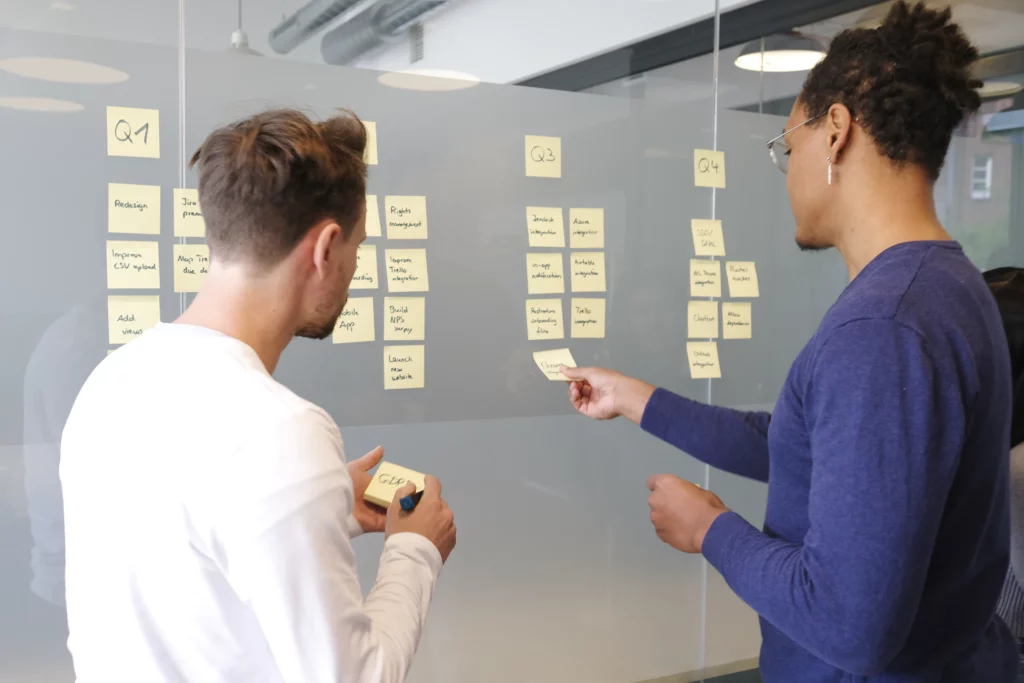Healthtech Trends: 6 Insights for 2019 and Beyond
Big data analytics, NLP, and telemedicine are among the top healthcare trends in 2018 ensuring lower costs for providers and higher patient care quality.

By the end of 2015, the percent of the U.S. GDP spent on healthcare exceeded 17%, the highest percentage in comparison with all other countries in the world. And not much changed during 2016 and 2017. While final figures for 2017 are not yet available, the prediction is that they will come close to 20% of the U.S. GDP. And if the individual mandate is eliminated, as the new Congressional tax bill promises, the increase will skyrocket by 2019.
The cost has become one of the largest issues in healthcare today. While everyone in government at all levels appears to have concerns, there is no agreement on the solutions for bringing costs down, at least through legislative means.
But something else is on the move that is now and will continue to disrupt and transform the entire industry – healthcare IT. And the emerging trends in healthcare technology may well serve to lower costs, in the long run, not to mention the larger benefits such as drastically improved patient care.
Indeed, given the health IT trends in 2017, our team predicts that healthcare technology trends for 2018 will bring even more significant change to the entire sector.
Healthcare Technology Trends to Watch in 2018
In looking at healthcare trends for 2018, there are several major areas in which technology will continue to disrupt – healthcare costs, patient data security, employee productivity, improved diagnostic procedures, fraud prevention, and more! For convenience, we grouped all the top health tech trends within respective broader categories.
In general, just like in 2017, big data, machine learning, and improvements in EHR/EMR software will remain the most promising areas of interest in medical information technology.
#1 Big Data and Artificial Intelligence Will Be Game Changers
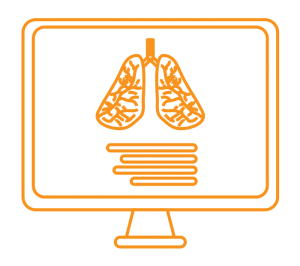
In fact, it may well be the most significant of all healthcare trends for 2018. Big data and AI hold promises of much-improved healthcare for patients, much greater efficiency for providers, and, in the end, a huge cost saving. And here’s how that can happen:
- Natural Language Processing algorithms will become more widespread. In the short term, this promises faster data extraction and increased productivity for the medical staff. Smart NLP algorithms will identify risk factors in patients, allow faster diagnoses, and even identify individual patients for research initiatives and clinical trials.
- Already, AI is allowing better diagnoses and prediction of cancer remission and relapse, through algorithms developed at Stanford and Purdue Universities. Specifically, machine learning developments will have a large impact on improving medical diagnostic procedures.
- With 10% of the healthcare costs in the U.S. attributed to fraud, AI can thwart this through predictive analysis. Patterns of fraud are now easily seen, and claims that meet those criteria can be flagged for investigation. This reduction in fraud can save payers significant amounts and it is hoped that these savings will be passed on to the consumer. Our team has shared a case study last year showing exactly how to create a fraud detection mechanism with the help of predictive analytics.
#2 Big Data and AI Will Be Used More Often in Research and Prevention
Another huge benefit of all of the data analysis is that it will be used to drive research and prevention.
Throughout 2017, there was a steady increase in the “loop” between patient and provider. But when that loop is opened up, and individual patient data can be added to all other similar patient data, patterns emerge. And as AI is built into these systems, the “learning” will be able to actually provide research data that has formerly only been conducted by humans in cumbersome medical studies.
This health tech trend alone can reduce costs and improve healthcare delivery to individual patients and to entire demographics:
- Georgia Tech has just released an open-source machine learning software that will be used to predict the effectiveness of cancer drugs. The open-source nature should encourage lots of collaboration and can have the effect of getting effective drugs to market faster. Many more such software initiatives and collaborations are also in the works. This is one of the most exciting emerging healthcare technology trends.
- Controlling disease breakouts and epidemics has been a growing concern, considering the “decreasing size” of our planet, especially the increase in international travel. Big data can be used to identify conditions that are ripe for outbreaks, both among certain demographics, geographical areas, and, in many instances, determine the risk factors for specific individuals. The result of this continued predictive sophistication is one healthcare industry trend of 2018 that has global implications for a safer health environment.
# 3 Reduction in Healthcare Cost with Predictive Analytics
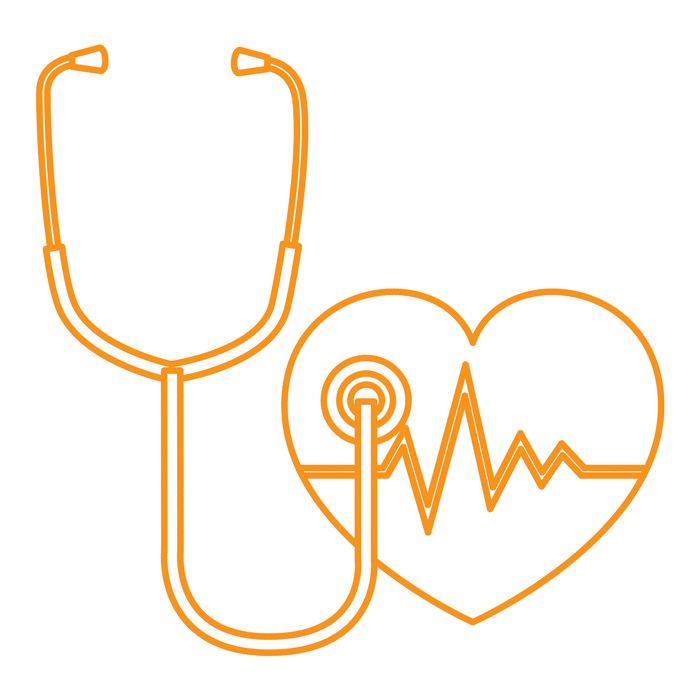
These savings will be welcome. Right now, predictions for growth in healthcare costs are in the mid-6% range annually beginning in 2018. While this may not “look” bad compared to some previous years, it is still growing at a more rapid rate than the overall economy and is not sustainable.
When big data and AI can lower medical provider costs, insurance providers can lower their costs as well. Predictive analysis is critical for this to happen.
# 4 EMR/EHR Data Will Become More Accessible
Electronic medical records have been around for a relatively long time. The most common use right now is the closed-loop between provider, individual patient, and insurance providers. Still, it has been one of the major trends affecting healthcare.
With electronic records transformation, with the help of government loans, grants, and encouragement, patients have access to their records and cloud technology gives providers access to an entire patient health history,
In short, there is greater transparency for the patient and provider. But this is a given now. New challenges in the area of EMR/EHR will have to be met in 2018 and beyond.
- Opening that loop from EMR to EHR (electronic health records) means that patient information data can be entered anonymously into large databases, where mining and analysis can deliver providers with key information, not just about the top treatments available for individual patients but, as well, key information that will drive treatment for current and new patients who present with certain symptoms or risk factors. EHR technology continues to improve as big data healthcare software continues to provide new algorithms for analysis and reporting.
- One of the latest health tech trends is creating the technology to address the current burnout of physicians who find working with data cumbersome and time-consuming. NLP will be one solution, but other technologies will surely be developed by forward-looking enterprises.
- Healthcare providers (physicians and hospitals) will have to invest more in IT staff or find vendors who offer the custom medical software solutions they need for EMR development. And those vendors will have to have security measures in place for providers to feel comfortable.
# 5 Telemedicine Will Gain Further Traction
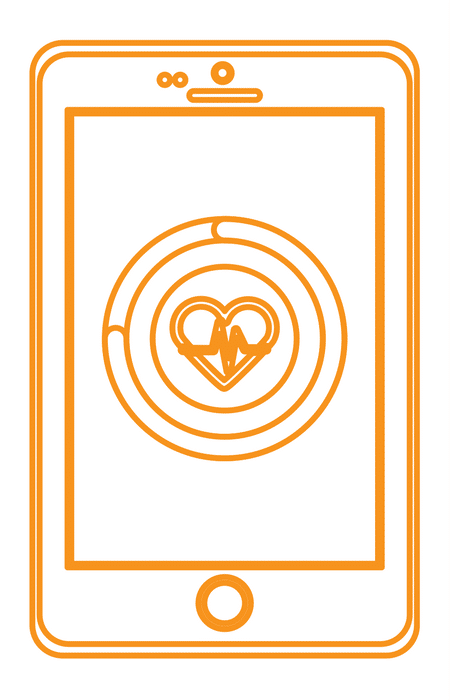
As long ago as 2015, 71% of Millennials stated that they wanted to engage with their medical providers by healthcare mobile solution. They want virtual visits with their doctors.
Add to this, the growing need for those who live in rural areas and need to have access to diagnoses and treatments, and seniors who can digitally transmit information to their providers, and you have a revolution in telemedicine.
In St. Louis, Missouri, Mercy Health System has set up a Virtual Care Center to provide web-based support to ICU’s in several other states whose rural hospitals do not have 24/7 physician presence. Using video monitors and collecting real-time data, Mercy doctors can be “virtually” at a patient’s bedside. In just one year alone, this technology has resulted in a 35% decrease in inpatient stays and 30% fewer deaths than they would have predicted.
Of course, there are challenges ahead for telemedicine – regulations vary from state to state. And of course, insurance companies must determine when and how to pay for such care. Still, telemedicine is definitely one of the fastest-growing healthcare market trends. It is predicted that by 2018, the number of patients engaged in telemedicine will be at 7 million and that this trend could deliver as much as $6 billion in savings to U.S. companies.
Look for much more news in this area during 2018.
# 6 Security Will Continue to Be a Huge Issue
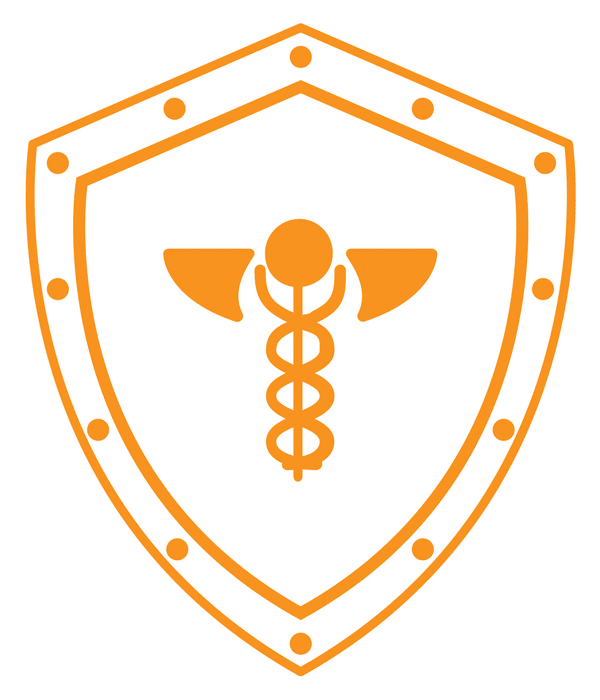
Medical records contain enough patient information for any hacker to steal identities; ransomware can render health records inaccessible. These threats are real and becoming far more sophisticated than ever before.
Healthcare information technology cannot ignore the need for security systems. Currently, the industry is attempting to secure patient information through encryption and digital keys, biometric systems, such as fingerprints, voice, and even eye scanning.
This is not enough, especially because many providers are using their mobile devices to access patient information and records on the go, and those are obviously less secure than facility-based systems.
In 2018, look for security measures that will continue to be proactive rather than reactive. A couple of innovations do hold promise.
- CIO’s and IT managers are looking into specific purpose-built mobile devices with strong security systems that providers can use “on the go.” Decryption keys will also be involved, in case such devices are lost or misplaced.
- Blockchain technology may prove very useful. Though still in experimental stages, blockchain technology provides a quite secure method of EHR management, for the ‘push, pull, and viewing” processes. The records can be stored in encrypted blocks, unchangeable, and inaccessible to anyone without the access key and authority. Partners at MIT Media Labs and Beth Israel Deaconess Medical Center are currently experimenting with the use of blockchain for pharmaceutical records with great success. This innovation will be the one to watch during 2018 and beyond.
- It is estimated that by 2019, there will be about 100 million wearable monitoring devices worn by patients. These create new access points on networks, and security will become a big factor. Companies that can create software that will provide innovative and sophisticated security in this area will create huge demand.
2018 Will Bring In Great Opportunities For Innovation
Each of these six future healthcare trends provides exciting opportunities for all organizations and enterprises. From new software for telemedicine to EMR and EHR to streamlining patient care, to IoT technology, to secure cloud technology, to big data analytics, the healthcare industry stands at a crossroads. Those who get on top of the newest trends stand to provide patients and providers with the solutions they need and acquire a solid position in this industry.
What We Do
- Custom Healthcare Software Development
- Mobile Apps for Patients
- Medical Data Reporting and Visualization
- Revenue Cycle Management (RCM) Solutions
- Mobile Medical Solutions for Professionals
- Privacy & Security in Healthcare
- Mobile Medical Application Development
- Patient Portals and Engagement Solutions
- Medical Practice Management Solutions
- Healthcare Web Application Development
- AWS-Cloud Healthcare Development Services
- Electronic Medical Records (EMR) Software Development
What’s your need? Romexsoft has a long history in healthcare software development. We would welcome the chance to have a conversation about how we can best meet those needs.



